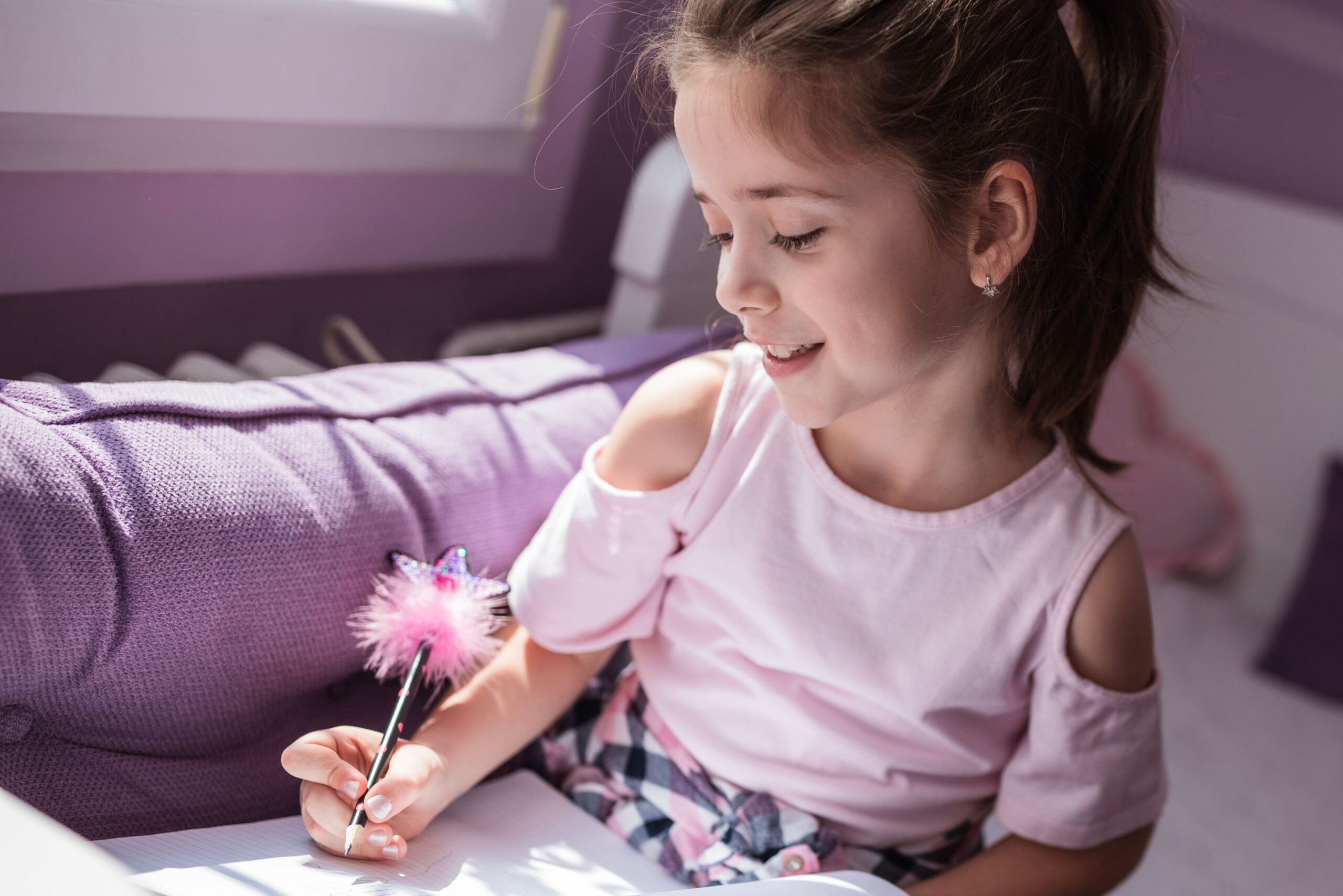Poetry has long been recognized as a medium for self-expression, reflection, and healing. But have you ever considered its role in play therapy? Just as play offers a space for children to explore emotions and experiences, poetry can serve as a powerful tool for containment, self-regulation, and attunement—both for children and therapists.
Poetry as a Tool for Containment and Reflection
Many therapists and clients struggle to put overwhelming or fragmented experiences into words. Poetry provides a way to express the inexpressible, offering a structured yet fluid container for emotions. It allows both children and therapists to explore feelings safely, without the pressure of direct conversation.
For therapists, engaging with poetry can deepen their attunement to both themselves and their clients. Writing or reading poetry can support self-reflection and emotional integration after intense sessions. When woven into the therapeutic process, poetry becomes more than just words on a page—it transforms into a space for meaning-making and connection.
Rescued Speech and the Power of Words
A particularly valuable approach in play therapy is rescued speech poetry, a narrative therapy technique that reconstructs a client’s spoken words into a poetic form. This method, inspired by the work of narrative therapists/researchers Jane Speedy and Christopher Behan, has the potential to highlight significant moments of transformation in a child’s therapeutic journey. By capturing the essence of a child’s experience in a poetic format, therapists can reflect back the child’s emotions in a way that fosters validation, self-understanding, and empowerment.
Therapists can incorporate rescued speech poetry by:
- Listening closely to a child’s words during play therapy sessions.
- Extracting key phrases or themes that reflect their emotional journey.
- Restructuring those words into a simple poetic form that mirrors their experience.
- Sharing the poem back with the child (when appropriate) as a way of saying, I see you. I hear you. This is what it felt like to be with you.
Poetry as a Gift in Therapy
Poetry can also be used as a creative gesture of validation. A carefully crafted poem can capture the nuances of a therapeutic relationship—acknowledging struggles, celebrating growth, and reflecting the emotional rhythm between therapist and client.
For therapists, writing poetry about their sessions (while maintaining confidentiality) can be an exercise in mindfulness and self-reflection. It helps process difficult emotions and deepen the therapist’s understanding of their own countertransference, making poetry not just a tool for clients but also for practitioners themselves.
Case Notes as a Mindfulness Practice
Many therapists view clinical notes as a tedious requirement, but reframing note-taking as a form of poetry can transform it into a mindfulness practice. Instead of just documenting what happened, therapists can approach their notes as an opportunity to reflect on the sensory, emotional, and relational aspects of a session. This creative shift allows therapists to stay present and connected to their work in a meaningful way.
A Gift to Synergetic Play Therapy
Because poetry itself carries a rhythm—a flow that mirrors the process of regulation—therapist and poet Hannah Young wrote a poem inspired by Lisa Dion’s concept of rocking the baby in the playroom: noticing activation, tracking what’s happening within, and attuning to the child.
The Dance
By Hannah Young
Cradled by your curiosity,
You lean into the whispers,
Attuning to the unsaid.
Capturing moments of possibility,
You grasp at the unknown,
Guided by your body.
A blueprint lies within.
Language offers a bridge,
Connecting heart and mind.
A clarity of vision.
A synergy between us.
And so the dance begins.
Together we feel the melody,
Committing a tempo to unfold.
This poem serves as a reminder that in the therapeutic space, we are always moving in rhythm with our clients—listening, noticing, and unfolding each moment together.
An Invitation to Therapists
If poetry has ever felt intimidating, consider letting go of the “shoulds.” There is no right or wrong way to engage with poetry—it is simply another avenue for expression, much like play itself. Whether through freewriting, structured poetry, or poetic observations in clinical notes, therapists can explore this creative form to deepen their own integration and connection with clients.
Poetry, much like play therapy, invites us into a world where words, images, and metaphors hold power. By embracing this art form, therapists can discover new ways to attune, reflect, and ultimately bring more depth to their work in the playroom.
How do you use rhythm, poetry, or movement in your practice? We’d love to hear your reflections!





